Physical Address
304 North Cardinal St.
Dorchester Center, MA 02124
Physical Address
304 North Cardinal St.
Dorchester Center, MA 02124
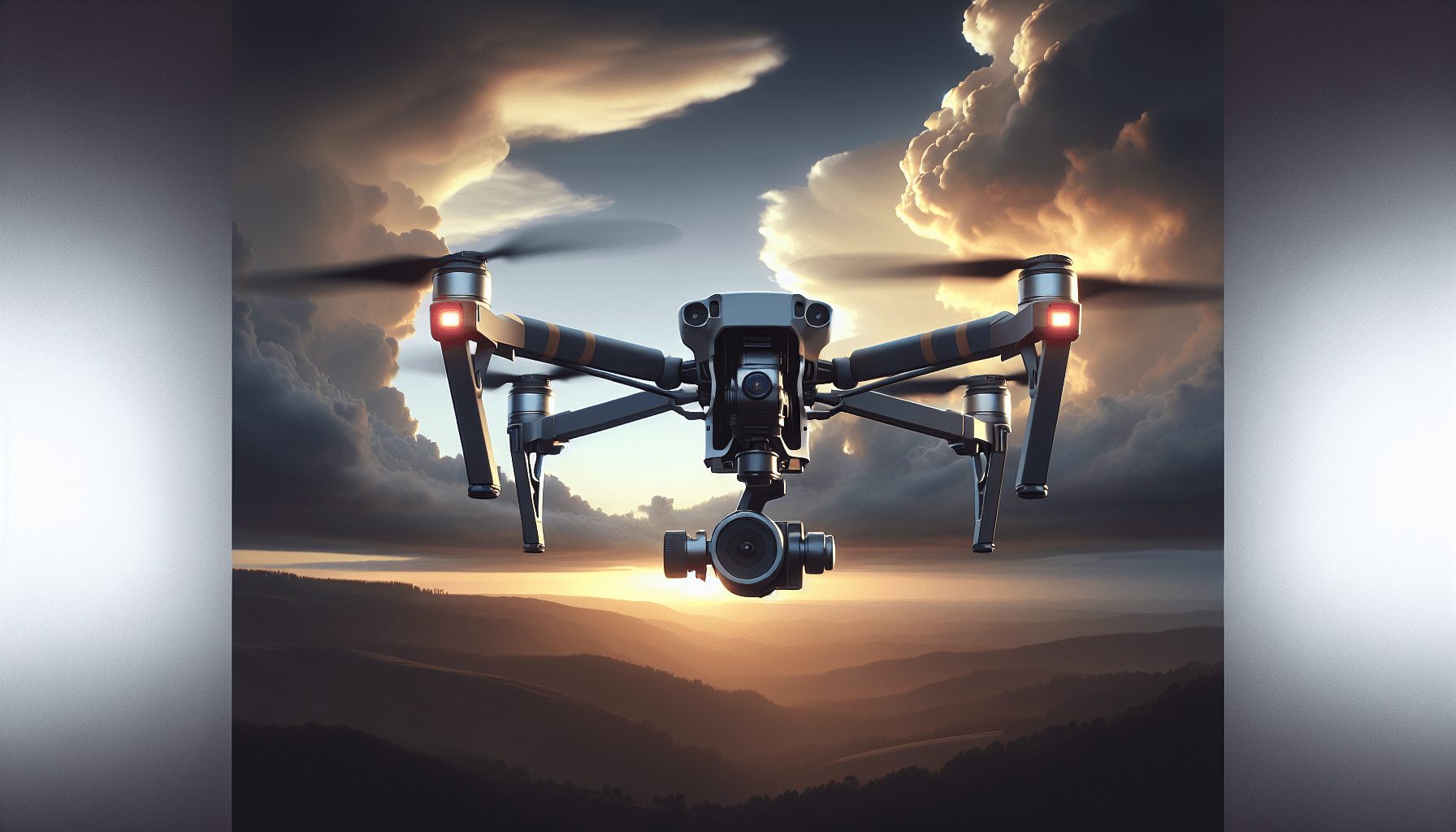

This post may contain affiliate links. As an Amazon Associate, we may earn commissions from qualifying purchases.
Have you ever marveled at a sweeping panorama of a city skyline or been mesmerized by the majestic bird’s-eye view of a mountain range in a movie? Those stunning shots are often thanks to aerial drones being used in filmmaking. More than ever, drones are revolutionizing how filmmakers capture visuals, adding dimensions and dynamics that were previously unattainable or prohibitively expensive.
In the beginning, filmmakers relied heavily on helicopters for aerial shots. Helicopters, however, are costly, noisy, and sometimes impractical for specific scenes. When drones first arrived on the scene, they immediately changed the game. Lightweight and more affordable than helicopters, drones allowed for versatile movements and angles, opening up a world of creative possibilities.
Over the years, the technology behind drones has improved dramatically. Advances in battery life, GPS functionality, stabilization, and camera quality have made drones an indispensable tool in the filmmaking toolkit. Modern drones offer 4K video, advanced gimbal stabilization, and even object tracking, pushing the boundaries of what’s possible.
Drones are significantly more affordable than traditional aerial methods. Given the high costs associated with helicopters or cranes, drones provide a budget-friendly alternative without compromising on quality.
With drones, you can easily maneuver through tight spaces, go from ground level to high altitudes, and shoot from angles that would be otherwise impossible. Their nimble nature makes them ideal for capturing dynamic, fast-paced action scenes or serene, expansive vistas.
Using drones can mitigate safety risks associated with conventional aerial filming methods. Drones can easily navigate dangerous or difficult-to-reach areas, reducing the need for human presence in potentially hazardous conditions.
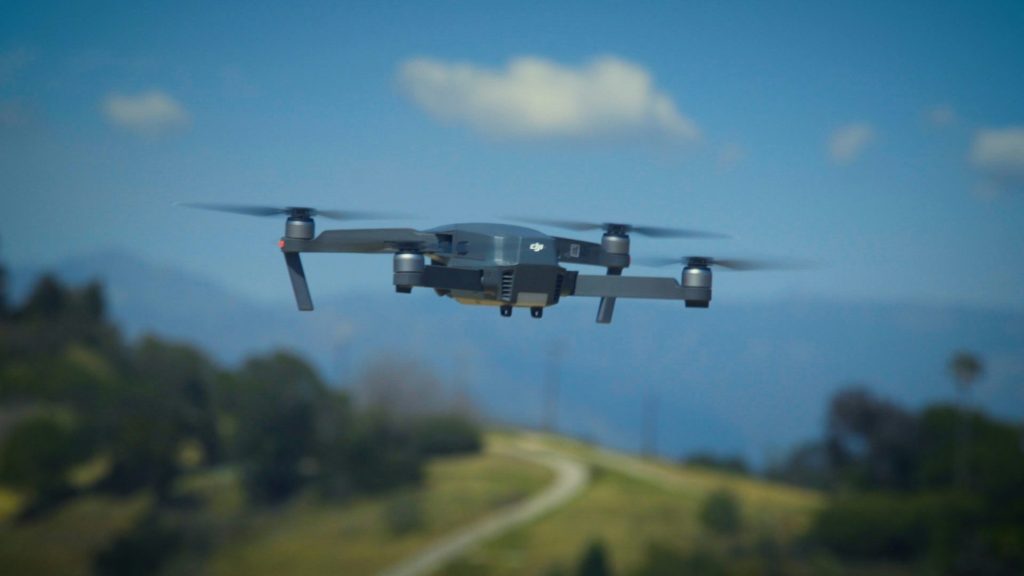
Drones excel at capturing expansive establishing shots, providing the audience with a sense of place by showcasing the environment from above. This helps set the stage for the narrative that follows.
Equipped with advanced stabilization systems and tracking features, drones can smoothly follow subjects in motion, perfect for action sequences or scenes requiring fluid movement.
Begin with the camera positioned close to the subject and then pull back to reveal the larger scene. This type of shot can add an element of surprise and drama, often used to disclose critical plot elements or settings.
A bird’s-eye view directly overhead can add a unique perspective, useful for scenes that require a comprehensive view of the action below, such as battlefields or busy city streets.
Utilizing the parallax effect, where the background moves at a different rate than the foreground, can add depth and a sense of three-dimensionality to your shots. This is particularly effective in scenes with layered visuals like forests or urban landscapes.
Modern drones often come equipped with professional-grade cameras capable of capturing high-definition and even 4K video. Some drones also offer interchangeable lens systems, allowing you to customize your gear based on the specific requirements of your shoot.
| Feature | Description |
|---|---|
| Resolution | Up to 4K and even 8K capabilities for high-quality footage |
| Stabilization | Gimbals and internal stabilization for smooth, fluid shots |
| Lens Options | Interchangeable lenses for various focal lengths and perspectives |
Advanced GPS systems enable precise control over drone movements, including pre-programmed flight paths. This is beneficial when you need to replicate the same shot multiple times.
While older drones had limited flight times, modern drones have extended battery lives, some lasting up to 30 minutes or more per charge. Swappable batteries allow for longer shooting sessions without significant interruptions.
Modern drones come with a range of safety features such as obstacle detection and collision avoidance. These features are useful for navigating complex environments and ensuring the safety of both the equipment and the crew.
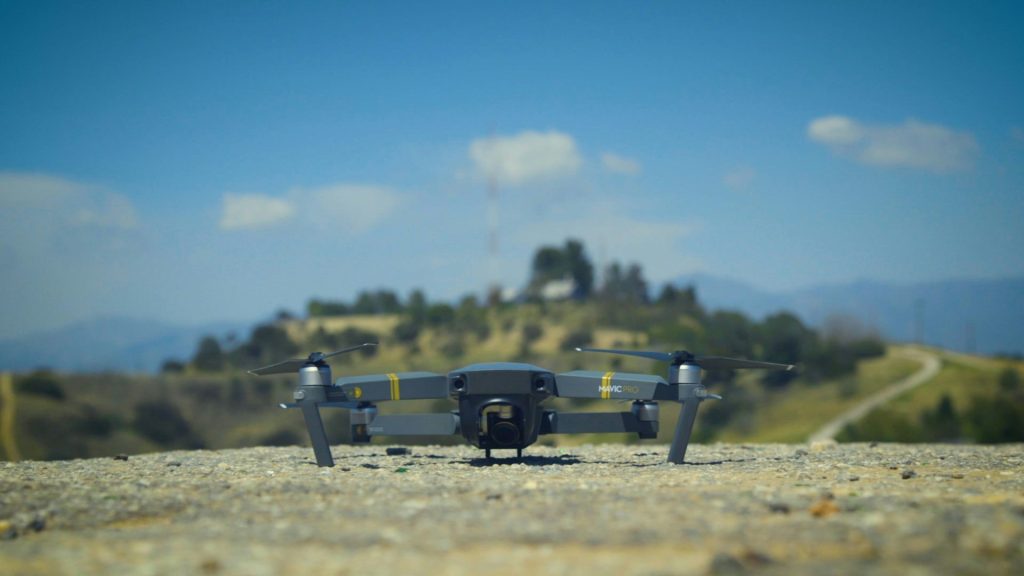
Operating a drone for commercial purposes, including filmmaking, often requires specific licenses and certifications. Understanding and complying with local regulations is crucial to avoid legal complications.
Airspace regulations vary depending on the location. Filmmakers need to be aware of no-fly zones, altitude restrictions, and other airspace limitations. This is especially important when filming in urban areas or near airports.
Filming in residential areas or other sensitive locations can raise privacy issues. Always obtain necessary permissions and be mindful of laws regarding the capture and use of images of private property.
Scouting your filming locations ahead of time is essential. Identify potential obstacles and consider the best times for shooting based on light and weather conditions. Plans should also account for flight paths and ensure compliance with local regulations.
Having a clear storyboard can help visualize how the drone shots will fit into the larger narrative. This can guide the drone operator and ensure that every shot serves a purpose in the storytelling process.
Maintaining an equipment checklist can prevent last-minute issues. Include all necessary items such as extra batteries, lens options, and backup SD cards. Ensuring everything is in working order before the shoot can save valuable time on set.
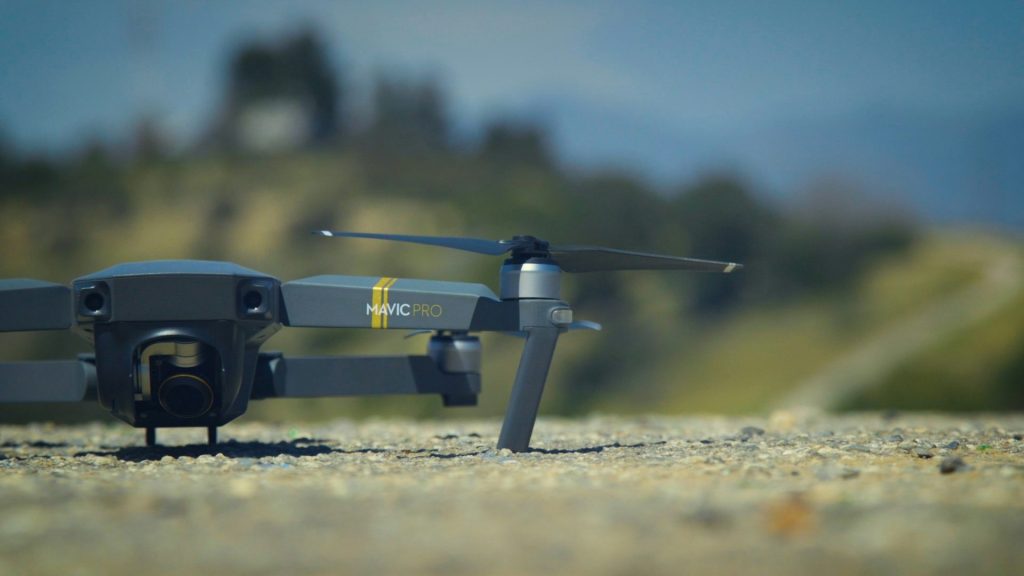
Effective communication with your crew is essential for smooth drone operations. Make sure everyone understands their roles and responsibilities, especially during complex shots involving coordinated movements.
Weather can significantly impact drone operations. High winds, rain, or extreme temperatures can affect both the drone’s performance and the quality of the footage. Always have a backup plan in place to handle unexpected weather changes.
Safety should always be a top priority. Establishing clear protocols can help mitigate risks. This includes designating safe takeoff and landing zones, ensuring all crew members are aware of the drone’s flight path, and maintaining a safe distance from the drone during operations.
Raw aerial footage often requires meticulous editing to fit seamlessly into the narrative. Color correction, stabilization, and visual effects can enhance the final product, making it as compelling as possible.
Combining drone footage with ground-based shots requires thoughtful transitions and consistency in color grading and lighting. This ensures a cohesive look and feel across all scenes.
Adding the right sound effects and music can bring drone footage to life. Pay attention to the soundtrack to enhance the emotional impact of aerial shots.
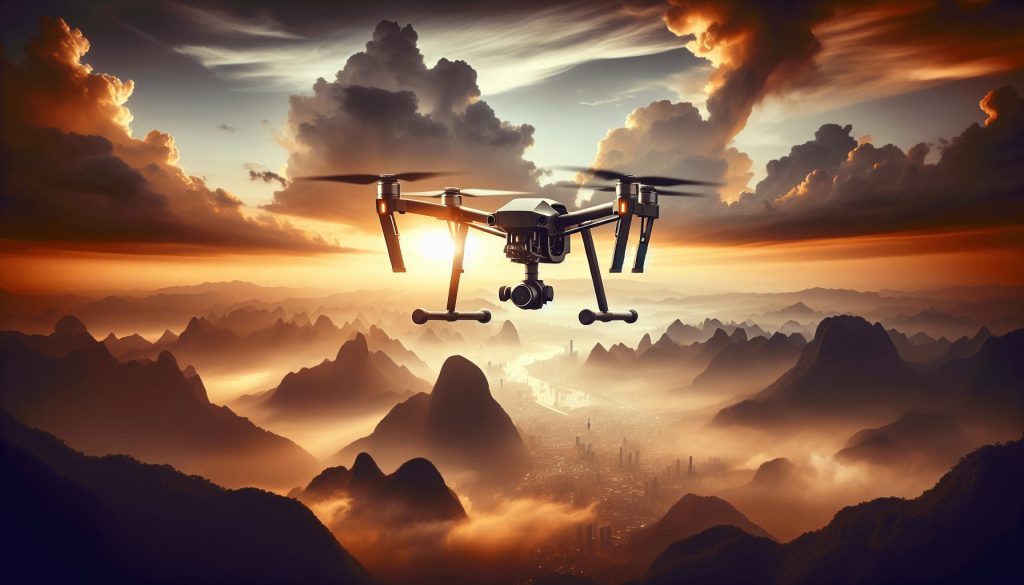
Movies like “Skyfall,” “Mad Max: Fury Road,” and “The Revenant” have utilized drone technology to capture breathtaking scenes. These blockbuster films highlight how drones can be used to achieve both artistic and practical goals in large-scale productions.
| Movie Title | Notable Use of Drones |
|---|---|
| “Skyfall” | Dramatic action sequences and wide landscape shots |
| “Mad Max: Fury Road” | High-paced chases and sweeping desert vistas |
| “The Revenant” | Natural, immersive environment captures |
Drones have also made significant impacts in indie filmmaking and documentaries, where budget constraints make them invaluable tools. Filmmakers like Sean Baker in “The Florida Project” and documentaries featured in National Geographic have creatively leveraged drone technology to tell compelling stories.
Shows on platforms like Netflix and HBO regularly use drone shots for their opening sequences and establishing shots. “Game of Thrones” and “Stranger Things” are examples that demonstrate how drones can add a cinematic quality to television production.
AI integration is poised to revolutionize how drones are used in filmmaking. AI can help with advanced object tracking, real-time anomaly detection, and even automated editing, making the filmmaking process more efficient.
Drones are also being used in emerging technologies like VR and AR. Aerial footage can be incorporated into immersive experiences, offering viewers a unique, interactive perspective.
As technology evolves, drones are becoming smaller and more portable, without sacrificing quality. This trend allows filmmakers more freedom and creativity, making it easier to shoot in tight or otherwise inaccessible locations.
The continued reduction in costs and increased user-friendliness mean that drones will become even more accessible to a broader range of filmmakers, including students and amateurs, opening up new avenues for creativity and innovation.
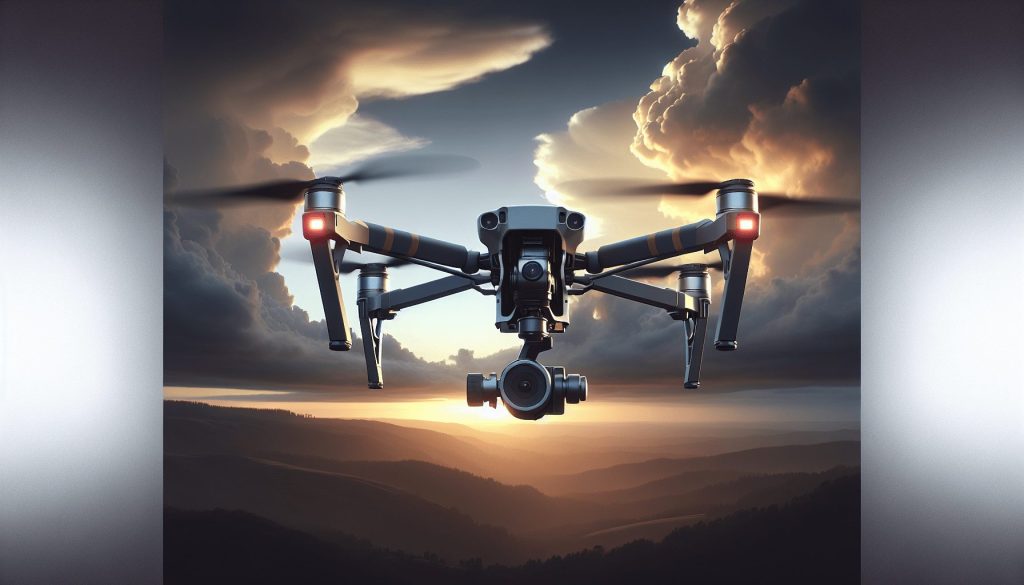
From cost savings and flexibility to the advent of new shooting techniques, drones have revolutionized filmmaking. Whether you’re capturing sweeping landscapes, dynamic action scenes, or intricate top-down shots, drones offer unparalleled opportunities for creativity and innovation. As technology continues to advance, the possibilities will only expand, allowing filmmakers to push the boundaries of visual storytelling further than ever before. So next time you see a breathtaking aerial scene in a film, you’ll know just how it came to be.